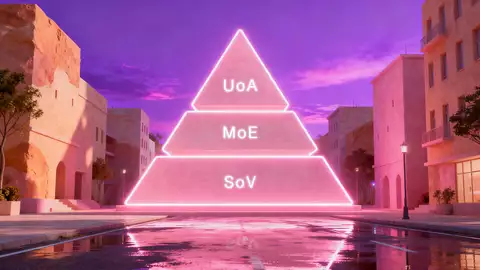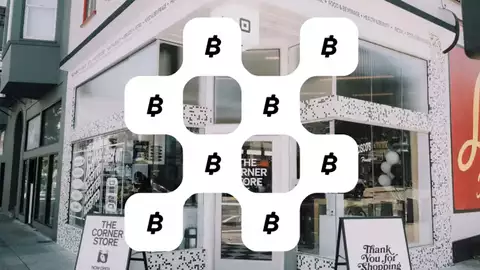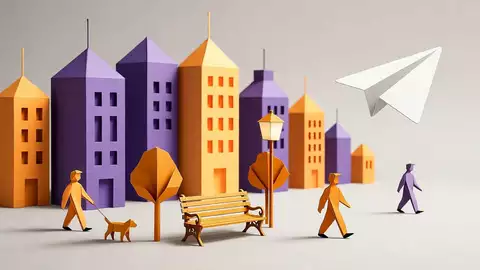
The Evolution of the Bitcoin Lightning Network: A Historical Perspective
Posted over 2 years ago by LN+
The Bitcoin Lightning Network (LN) has emerged as a game-changing solution in the world of crypto, addressing the transaction count scalability limitations of the Bitcoin blockchain. This Layer 2 protocol enables faster, cheaper, and more efficient transactions, paving the way for mass adoption. In this blog post, I will explore the fascinating history of the LN, from its inception to its current state.
The Genesis: A Whitepaper in 2015
The story of the Bitcoin Lightning Network began in 2015, when Joseph Poon and Thaddeus Dryja started working on a whitepaper titled "The Bitcoin Lightning Network: Scalable Off-Chain Instant Payments." The paper proposed a novel Layer 2 solution that could overcome the inherent scalability limitations of the Bitcoin blockchain, enabling millions of transactions per second. The paper was published on January 14th, 2016.
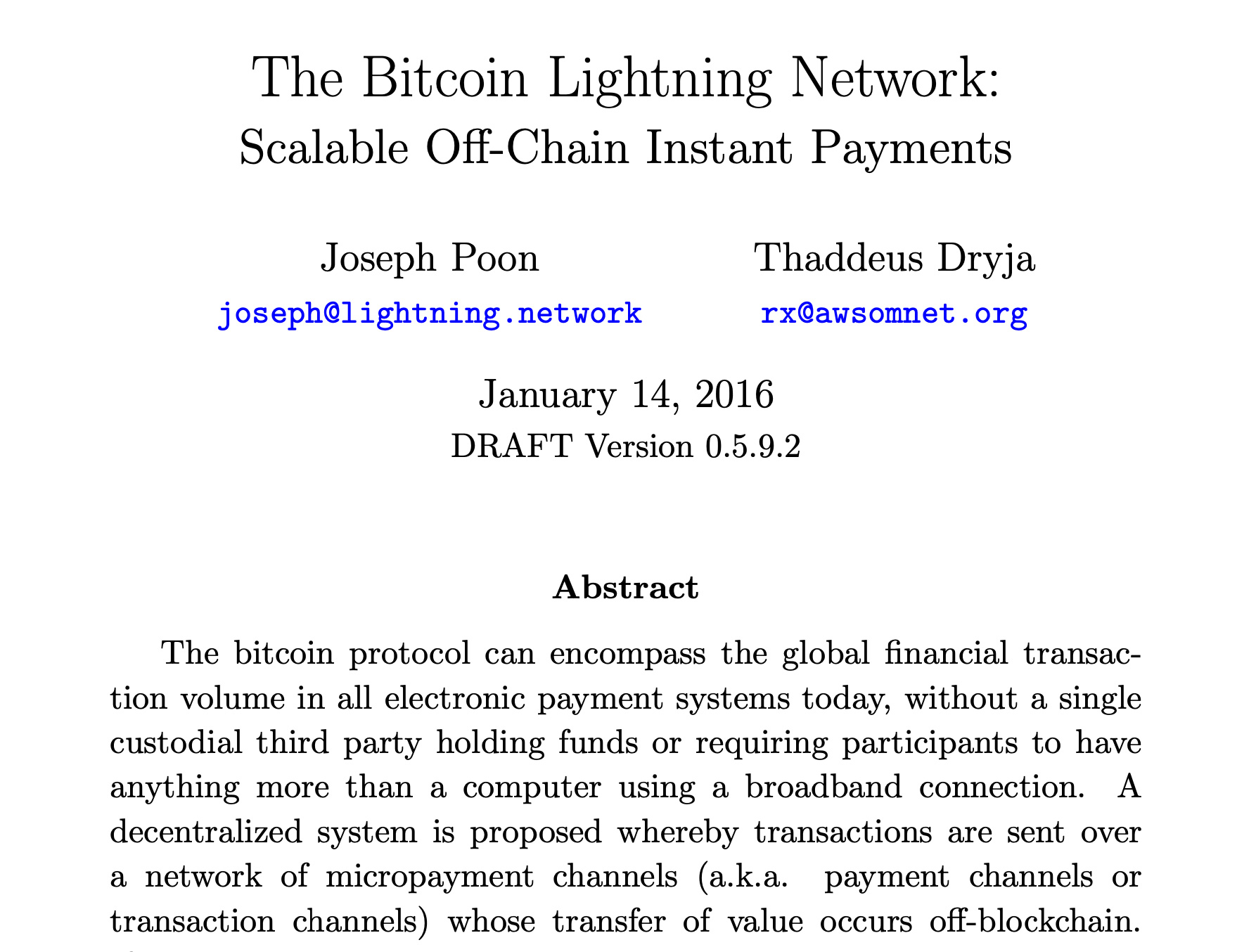

Early Development and Progress
Following the release of the whitepaper, several teams started working on implementing the LN concept, including Lightning Labs, Blockstream, and ACINQ. These developers built and refined the LN protocol, creating software implementations such as the Lightning Network Daemon (LND) written in the programming language Go, Core Lightning (CLN) written mostly in Go and partially in Python, and Eclair written in Scala.
The Lightning Network Testnet
In late 2016, Blockstream engineers Paul “Rusty” Russell and Dr. Christian Decker completed the first LN transaction successfully on the Bitcoin testnet, a parallel network used for testing purposes. The test was made using Blockstream’s lightning prototype software, lightningd 0.5. It was a digital purchase from a web-store. This milestone marked the beginning of extensive testing and experimentation, paving the way for the first mainnet LN transactions.
The Mainnet Launch and the First LN Transactions
The first Bitcoin mainnnet Lightning Network transaction was created by software developer Alex Bosworth of Lightning Labs. He paid Bitrefill over lightning to pay his phone bill. Bitrefill is an international online service that enables users top up their prepaid mobile phone plans and buy various gift cards for many other services and products with bitcoin.
The Lightning Torch and Growing Awareness
The Lightning Network gained widespread attention in early 2019, thanks to the Lightning Torch experiment. This social media campaign involved passing an incremental LN payment (the torch) between users, showcasing the LN's capabilities for fast and low-cost transactions. The Lightning Torch attracted participants from around the world, including prominent figures such as Twitter CEO Jack Dorsey, Litecoin founder Charlie Lee, Lightning Labs CEO Elizabeth Stark and Binance CEO Changpeng Zhao among many others.
The Growth of Infrastructure and Ecosystem
Over the years, the LN has experienced remarkable growth in terms of infrastructure, with an increasing number of nodes, channels, and network capacity. The development of user-friendly wallets like Zap, BlueWallet, and Phoenix has facilitated the adoption of LN payments, while services like Bitrefill and Fold have made it easier for users to spend their LN funds on everyday purchases. People also started running Bitcoin Lightning nodes at large numbers when Umbrel announced their easy to use node software that runs on low cost Raspi or on Linux computers.
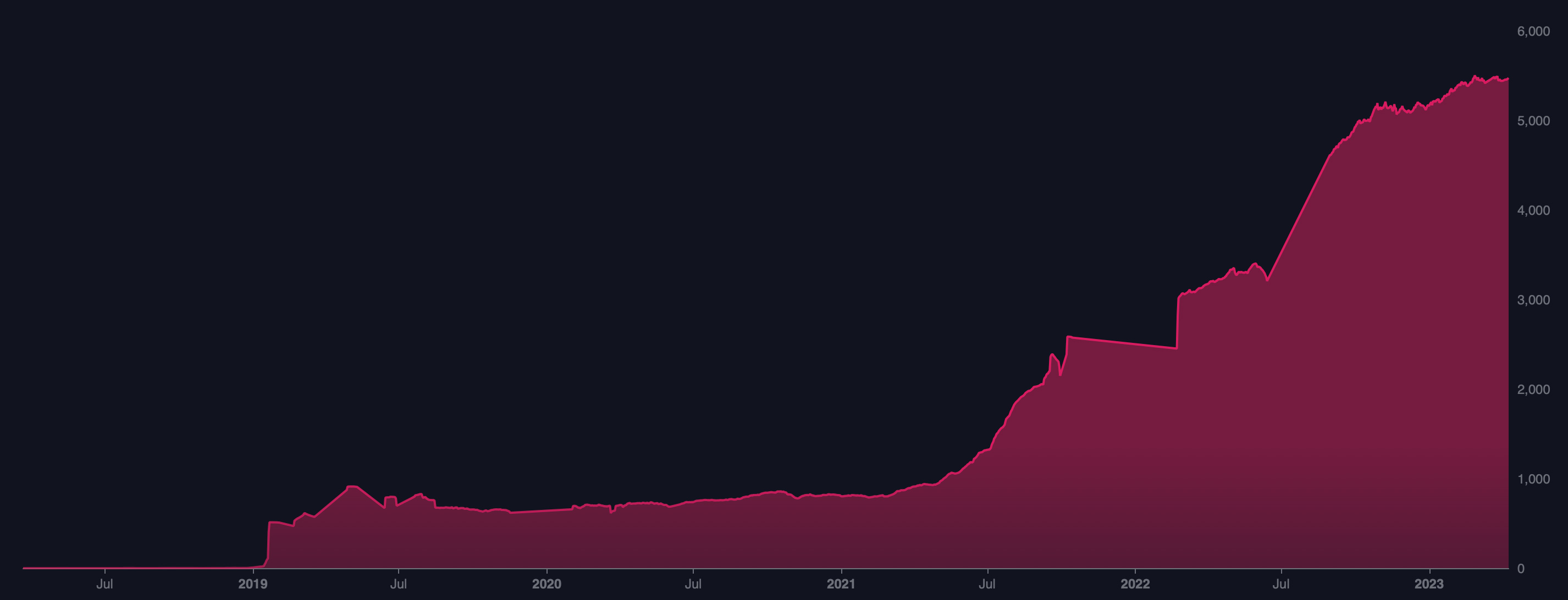

Protocol Improvements and Enhancements
The LN continues to evolve, with developers working on protocol improvements such as multi-path payments, channel factories, and watchtowers (btw, check out our new Watch Swaps). In addition, the Bitcoin network's recent adoption of the Taproot upgrade, which includes the Schnorr signature algorithm, is expected to further enhance the efficiency and privacy of LN transactions.
Recent Adoption
By 2023, the Bitcoin Lightning Network has come a long way since its conception in 2015, transforming from an ambitious proposal to a functional, growing ecosystem. The LN received a massive boost from El Salvador where bitcoin is legal tender, and thus LN is used daily for LN payments in all kinds of establishments, including small local brands and large international brands like McDonald's and Starbucks. The social media platform Twitter introduced LN intergration through Strike a company that facilitates cross border payments using LN. Most recently the brand new decentralized social network Nostr started to support LN natively. As the LN continues to mature, it is poised to play a crucial role in driving the mass adoption of Bitcoin and revolutionizing the world of digital finance.

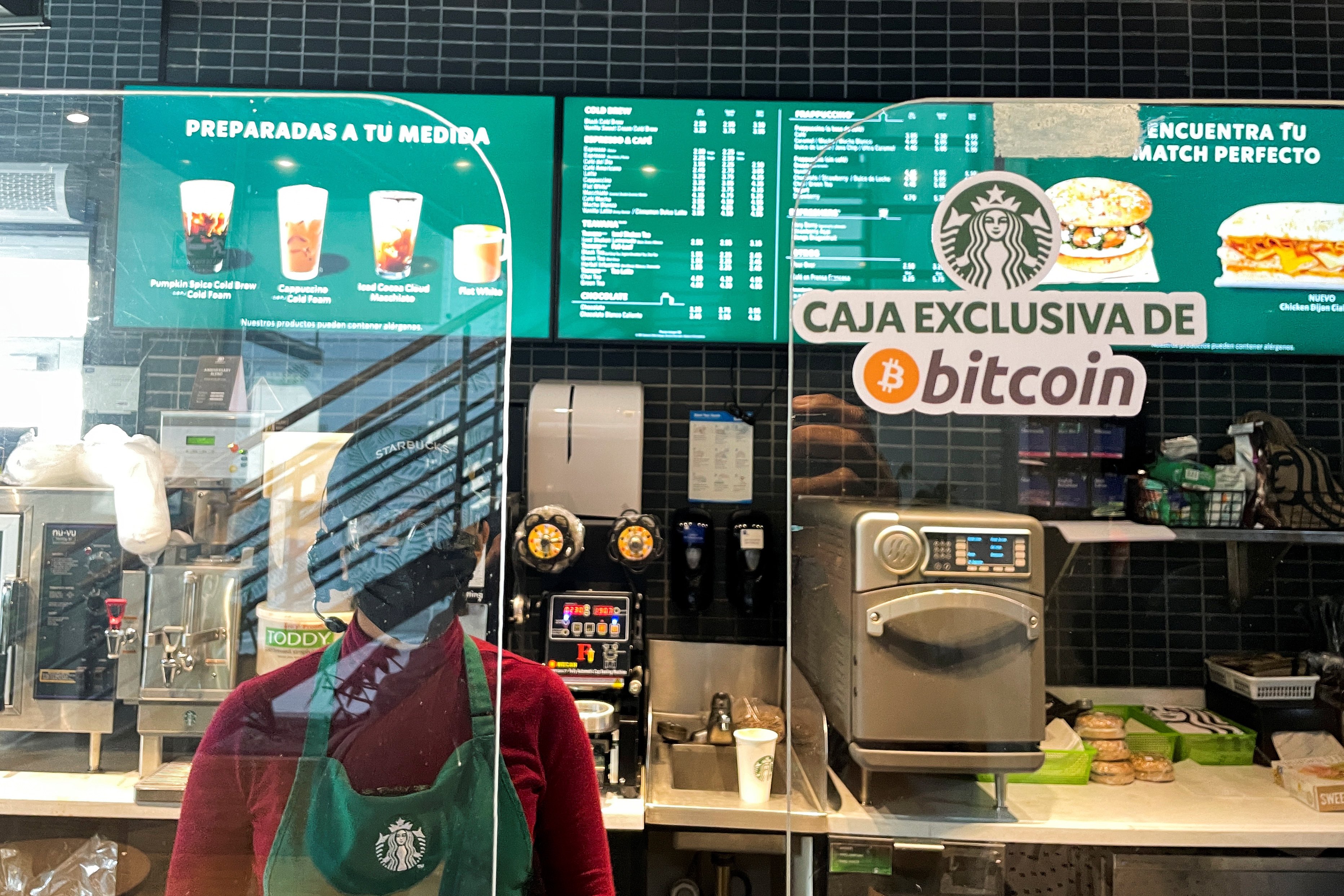
0 Comments
Please login to post comments.

Lightning Network Node
LightningNetwork.Plus
Rank: 5 / Titanium
Capacity: 35,000,000 SAT
Channels: 7
Latest news
Channel Rebalancing 101: Practical Strategies for Better Routing
Posted 22 days ago
From Digital Gold to Digital Cash: Why the Lightning Network’s Moment Has Arrived
Posted about 1 month ago
Square Launches Lightning-Powered Bitcoin Payments: Zero Fees Until 2027
Posted about 2 months ago
Introducing Telegram notifications
Posted 3 months ago
Introducing Nostr DM notifications
Posted 3 months ago

